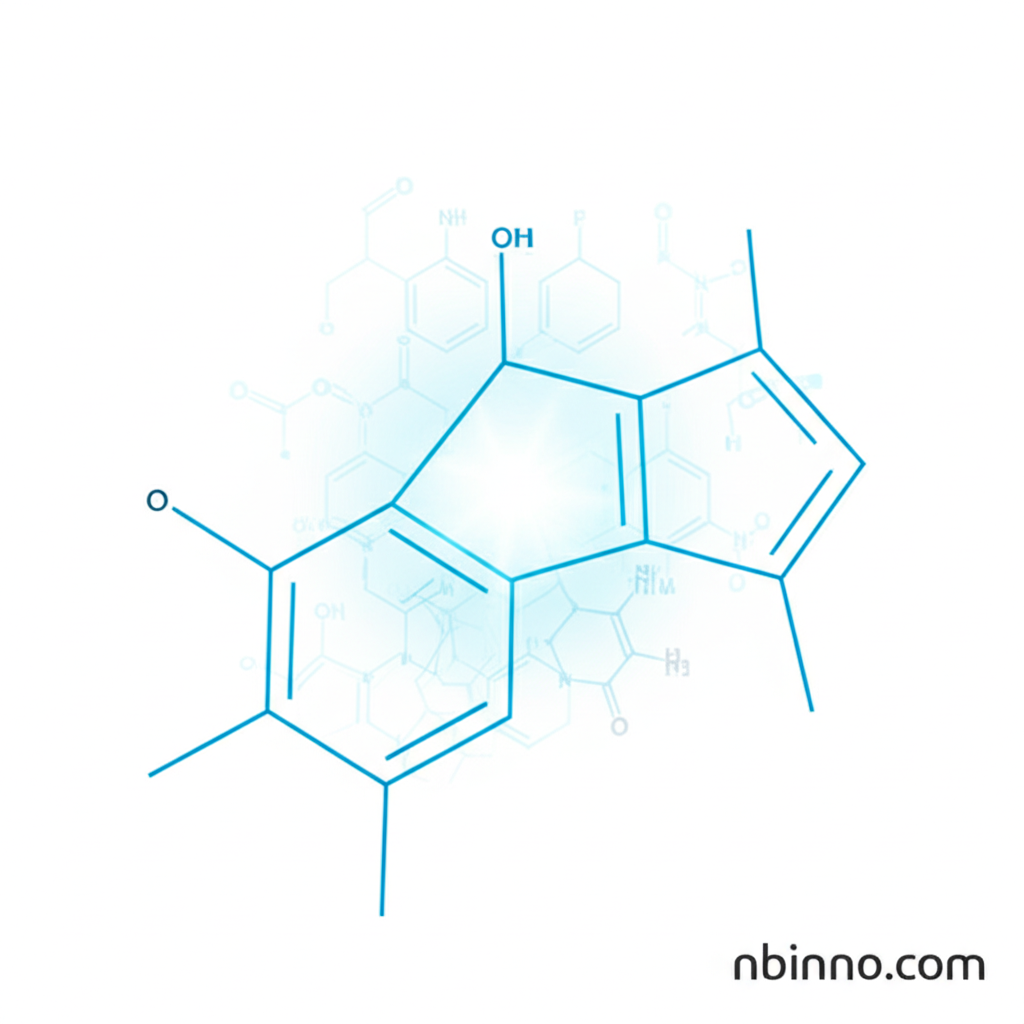Exploring 2,5-Difluoro-4-methylbenzonitrile: Properties, Applications, and Synthesis
Discover the essential details of this key biochemical reagent and its role in advanced chemical synthesis.
Get a Quote & SampleProduct Core Value

2,5-Difluoro-4-methylbenzonitrile
This compound is valued for its role as a crucial biochemical reagent, serving as a vital building block in various organic synthesis pathways. Its specific chemical structure makes it an important intermediate for developing complex molecules within the pharmaceutical and fine chemical industries.
- Understanding the 2,5-Difluoro-4-methylbenzonitrile CAS 1003708-66-4 is key for researchers working with specialized reagents.
- The product's high purity of 95% ensures reliable results in sensitive biochemical applications.
- As a fine chemical intermediate, it plays a significant part in the synthesis of advanced organic compounds.
- Proper storage conditions are essential to maintain the integrity of this valuable chemical intermediate.
Advantages it brings
High Purity for Precision
The assured 95% purity of 2,5-Difluoro-4-methylbenzonitrile makes it an ideal choice for demanding applications where accuracy is paramount, ensuring consistent performance in your research.
Versatile Building Block
This compound acts as a versatile building block in organic synthesis, enabling chemists to construct a wide array of complex molecules essential for drug discovery and material science.
Critical for Biochemical Research
Its classification as a biochemical reagent highlights its importance in laboratory settings for various research purposes, contributing to advancements in life sciences.
Key Applications
Biochemical Reagent Use
As a fundamental biochemical reagent, 2,5-Difluoro-4-methylbenzonitrile is instrumental in numerous laboratory assays and research protocols within the life sciences sector.
Pharmaceutical Intermediates
Its structure makes it a valuable intermediate in the pharmaceutical industry, aiding in the synthesis of active pharmaceutical ingredients (APIs) and novel drug candidates.
Organic Synthesis
Chemists rely on this compound for its specific reactivity profile in organic synthesis, facilitating the creation of intricate molecular architectures and functional materials.
Fine Chemicals Manufacturing
The production of fine chemicals benefits from this compound as a key starting material or intermediate, contributing to the diversity of specialized chemical products available.
